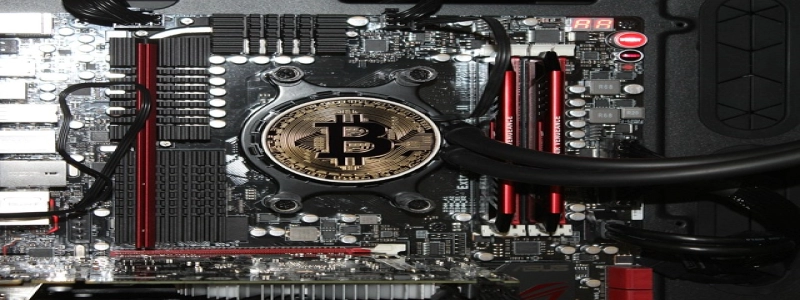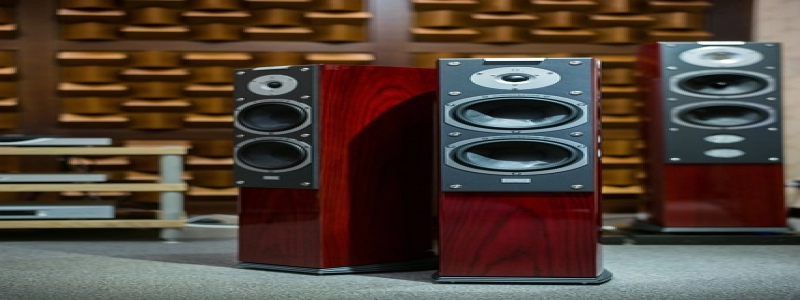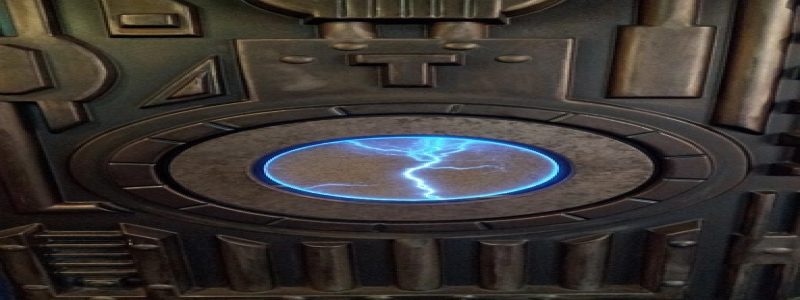Ethernet Cable Length Limitations
Introduction:
Ethernet cables are used to connect devices in a Local Area Network (LAN) and are responsible for transmitting data between computers, switches, routers, and other network devices. However, these cables have certain length limitations that affect the performance and reliability of the network. This article will explore the different types of Ethernet cables and their maximum length limitations.
Types of Ethernet Cables:
1. Cat5e: Category 5e cables are the most commonly used Ethernet cables. They support data transfer rates of up to 1000 Mbps and have a maximum length limitation of 100 meters (328 feet). These cables are suitable for most home and office network setups.
2. Cat6: Category 6 cables offer higher performance compared to Cat5e cables. They support data transfer rates of up to 10 Gbps and have a maximum length limitation of 55 meters (180 feet). Cat6 cables are often used in environments where high-speed data transmission is required, such as data centers or server rooms.
3. Cat6a: Category 6a cables provide even higher performance compared to Cat6 cables. They support data transfer rates of up to 10 Gbps and have a maximum length limitation of 100 meters (328 feet). Cat6a cables are commonly used in environments where shielding against electromagnetic interference (EMI) is necessary, such as industrial or outdoor installations.
4. Fiber Optic: Fiber optic cables offer the highest performance and longest distance capabilities. They use light to transmit data and have much higher bandwidth compared to copper-based Ethernet cables. The maximum length limitation for fiber optic cables can range from a few hundred meters to several kilometers, depending on the type and quality of the cable.
Factors Affecting Cable Length Limitations:
1. Signal Attenuation: As an Ethernet signal travels through a cable, it experiences signal loss or attenuation. The longer the cable, the more noticeable the signal loss becomes. This results in degraded signal quality and reduced network performance.
2. Interference: Ethernet cables are susceptible to interference from other electrical and magnetic sources. The longer the cable, the more exposed it is to such interference, leading to data transmission errors and network disruptions.
3. Cable Quality: The quality of the Ethernet cable itself plays a significant role in determining its length limitations. Higher quality cables are manufactured to stricter standards and have better shielding, reducing the impact of signal loss and interference.
Conclusion:
It is crucial to consider the length limitations of Ethernet cables when designing a network infrastructure. Choosing the appropriate cable type based on the required data transfer rates, distance requirements, and environmental factors is essential for ensuring reliable and high-performance network connectivity. By understanding the different types of Ethernet cables and their respective length limitations, network administrators can make informed decisions to optimize their network’s performance and reliability.








